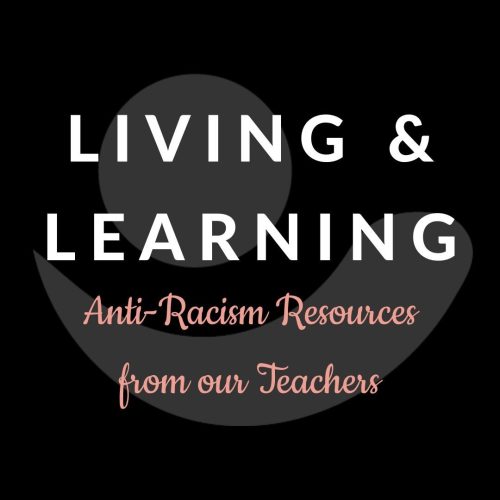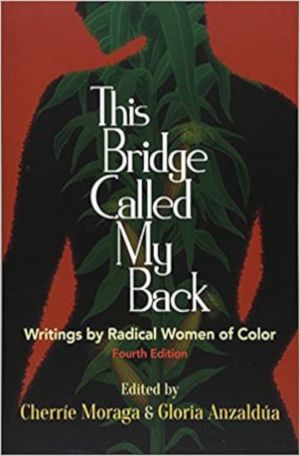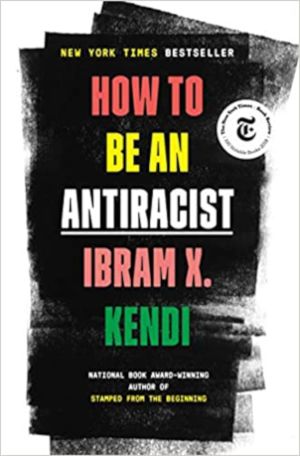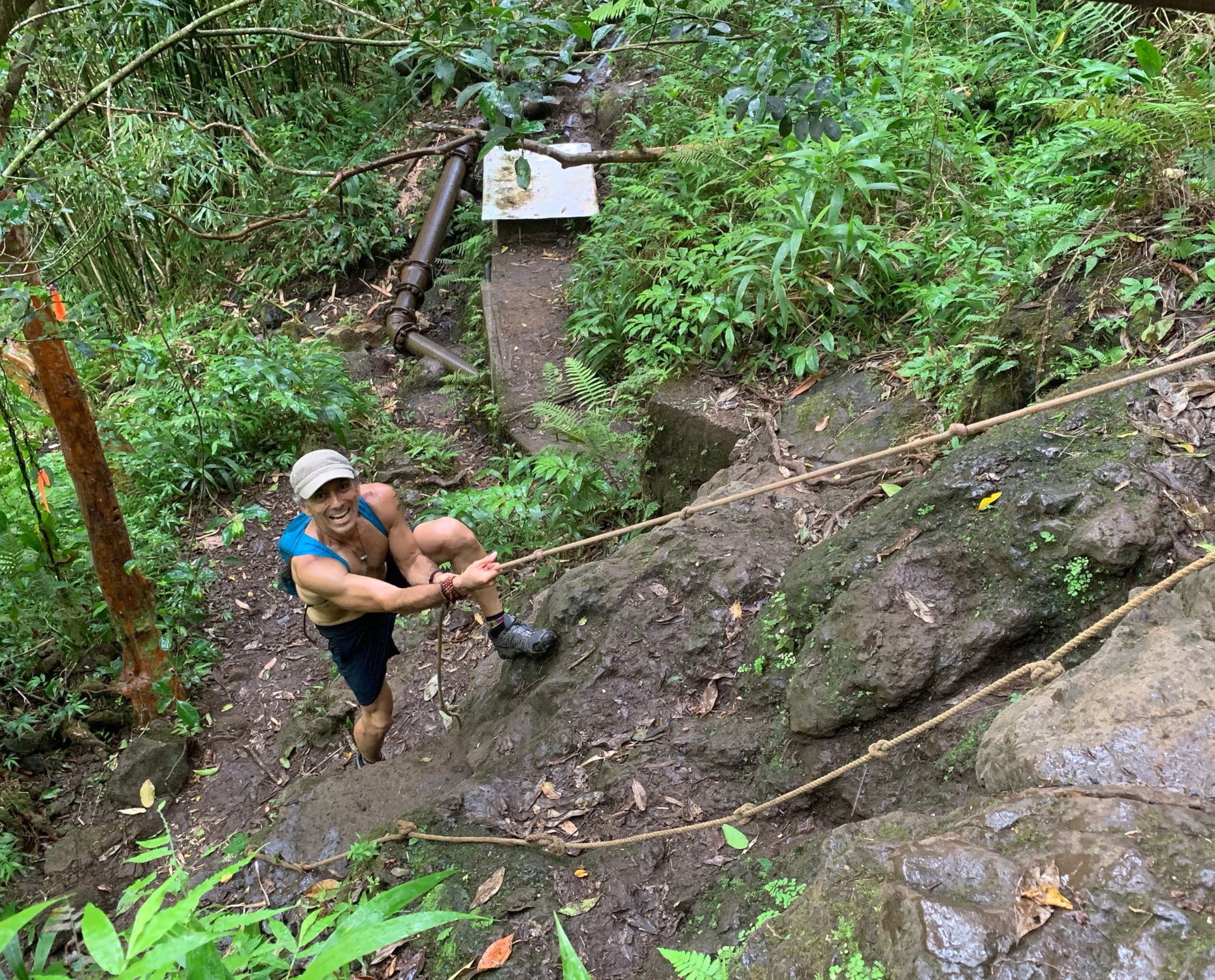On a Zoom get together among our teachers last week, we shared similar reactions. Many of us were looking to find words to describe what we were feeling about what is happening in our country. In fact, many of us were each doing our own inner work around racial justice: reading, watching, listening, practicing. So, I asked the teachers to share their resources, which they’ve done below.
I reflected upon the fact that while those of us who lived through the sixties thought that the civil rights laws enacted would be enough to balance the scales, it turns out that the issues we face are so much deeper. The issues of race and equity live in our tissues, so well articulated by Resmaa Menakem. In this short video by Angela Davis, she shares that in the sixties there wasn’t yet yoga and mindfulness to recenter us as we engage the world. She has found it essential.
I’ve felt so grateful to the practice of yoga to provide a container to work with what arises. The practice provides a road map for living, particularly the living that asks more of us than we think we can bear. It offers a ground upon which we can stand in time tested and universal ethics, of non-violence and truth, in not taking more than we need, of offering ourselves to what matters in life. Our practice is always there to remind us that we are connected, through and through.
Let’s breathe together, and let’s evolve together. Let’s have our thoughts, speech, and actions speak our hearts. These are first steps. Let’s be patient with each other as we navigate this uncharted territory. Here is some summer reading and beyond for you, with love, from our teachers.
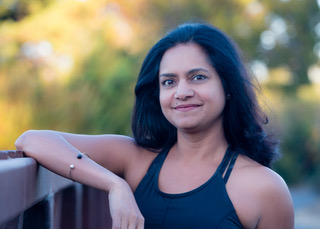
Anjali Rao
13th by Ava Duvernay on Netflix
Watch this to know the history and the commerce behind the prison industrial complex, and the politics and economics behind where we are now in the criminal justice system. It’s powerful and compelling.

Christina Roberts Enneking
White Fragility: Why It’s So Hard for White People to Talk About Racism by Robin DiAngelo
So You Want to Talk About Race by Ijeoma Oluo
What can I do? I can recognize racism, educate myself on how to have uncomfortable conversations, and help to interrupt and intervene for the change I wish to see in the world. These reads have helped me immensely.
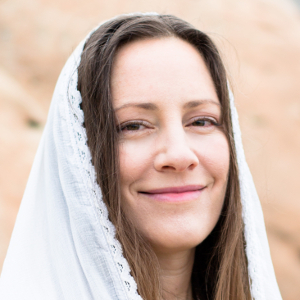
Charanpal Kaur
Catrice M. Jackson: “If you don’t have an anti-racism plan, you plan to be racist.”
In 2016, after watching the video of Philando Castile being murdered by an officer in front of his girlfriend and 4-year old daughter, I was absolutely gutted and couldn’t forget about it for weeks on end. I decided that instead of just feeling sad and angry about it, I needed to educate myself better to learn to show up and engage in ways that could (at the very least) be less harmful than sitting in silence. I enrolled in a small, online, anti-racism course facilitated by educator, speaker, and writer, Catrice M. Jackson. It was perhaps the most uncomfortable experience of my life. Catrice doesn’t sugarcoat anything. One of the messages in her article here is: “Becoming anti-racist is a marathon; don’t expect to be coddled. In fact, expect to be unnerved.”
I invite you to read this article with an open heart and a willingness to be uncomfortable, especially if you are white and run a business. I worked closely with Catrice and learned so many things I would never have even thought about due to the many blind spots that form from living a privileged lifestyle. The inner work of consciously questioning, processing, listening, and dismantling the systems of oppression that are subconsciously woven into our perspectives and behaviors, is the most important work in this marathon.
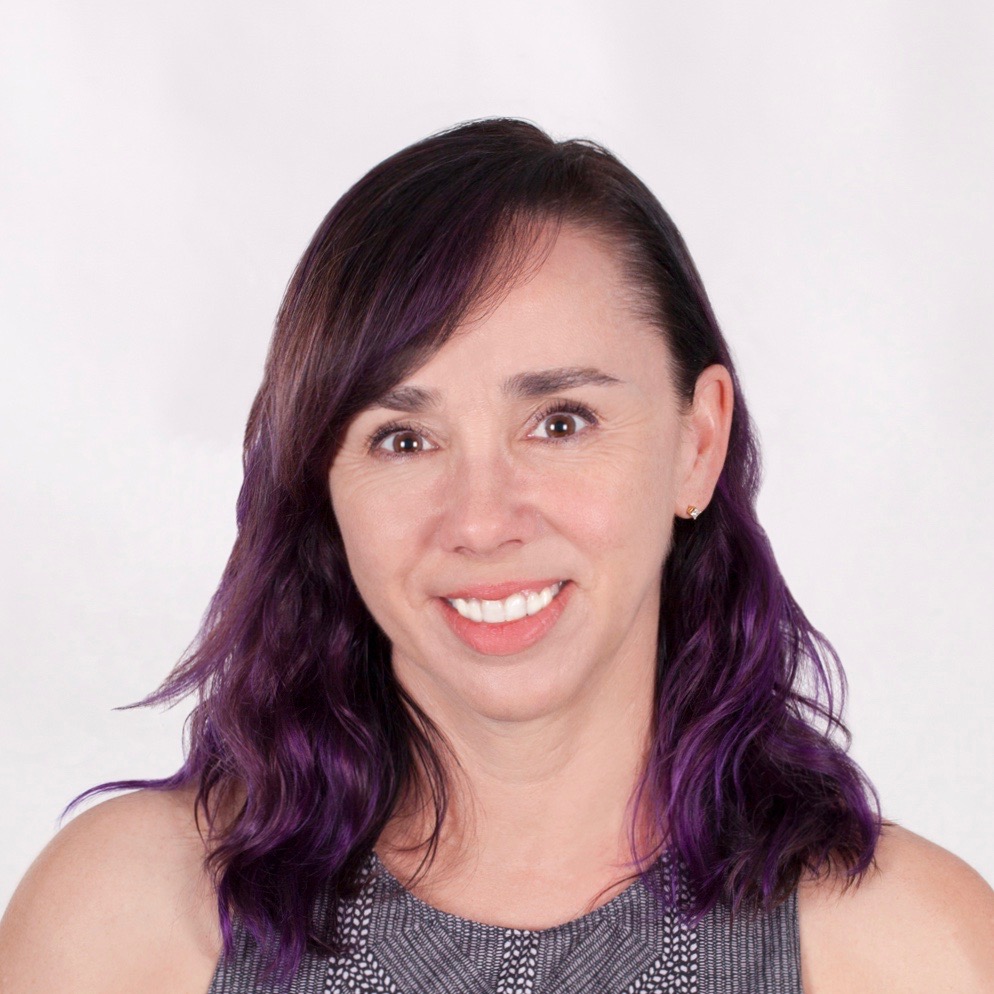
Claudia Fountain
13th by Ava Duvernay on Netflix
White Fragility: Why It’s So Hard for White People to Talk About Racism by Robin Diangelo
There is no turning away from the pain in our communities. It’s real, and it’s lived. These are two options I highly recommend for learning more about racism. The first is a documentary that portrays essentially the history of mass-incarceration, racial inequality, and systemic racism. It is a must-watch. Full disclosure: I am only through the first chapter of the second. There is so much to unpack, feel, and think about that I give myself permission to stop, set it aside, and let it percolate before returning again.

Jana Kilgore
While I have begun owning my privilege for a while, I am now focusing more on anti-racism, and stepping back into social and racial activism. The work I have done in the past as a social and environmental activist, teaching, living in poor, urban communities, and having racially diverse friends, does not make the silence of the past decade okay. I only get to take “a break” from this work because of the color of my skin and the generational privilege it gives me. I do not have answers, I have so much to learn, so much to deconstruct within myself, but I also have a voice, and can use my privilege to support the changes that BIPOC have been fighting for so many hundreds of years. Any discomfort I have can be a guide to what changes I want to see in the world. It’s not enough to act better than my ancestors who were both oppressed and the oppressors, I have to DO better, much better.
What I have read or am reading:
- Between the World and Me by Ta-Nehisi Coates
- Nikole Hannah-Jones’ The 1619 Project
- A People’s History of the United States by Howard Zinn
- Me and White Supremacy by Layla F Saad
- Audre Lorde’s The Uses of Anger: Women Responding to Racism
Things I have watched or am going to watch:
Organizations I’m donating to:

Jenn Smith Thorp
1619 podcast
Code Switch podcast
The Moth podcast
1619 is a New York Times podcast that puts the consequences of slavery and the contributions of Black Americans at the center of our national story. Episode five particularly struck a chord, as it chronicles how racial injustice has affected the agricultural industry.
Code Switch podcast is also really good. And The Moth is a weekly listen for me. Though not centered around the Black or POC community, it is a storytelling podcast that helps us to connect us to our common humanity. I recommend this story.

Julie Fergus
I’ve been letting others do the talking, quietly listening, and trying to learn. Lenea Sims, for instance, has started an Anti-Racism Practice Group (on Mighty Networks). In her group, Lenea engages and educates those who are wanting to “begin their journey into active allyship, but who may not know where to start.”
I joined and am exploring the content on the group site. There are a lot of resources there and the topics have quite a range. Lenea does have a requested donation to join, and she appears to have put a ton of time into building this site.
Here is an excerpt from her writing on the site:
“My goal with this group is to use my proximity to whiteness and my willingness to educate – my privileges – to help white and non-Black people understand more deeply what it means to be Black in America. I truly believe that, if I can educate you all on the many facets of Blackness, racism, and white supremacy, we will create a rippling out effect that can change the world.”
I am also following a few blog feeds, including Black Lives Matter and YES! Magazine.

Jennifer Walthers
Women, Race & Class by Angela Y. Davis
Why Are All the Black Kids Sitting Together in the Cafeteria by Beverly Daniel Tatum
Courageous Conversations About Race by Glenn E. Singleton
These books aren’t new, but these are the ones I always come back to for the basics: developing an understanding of my own racial identity and how that informs the lens through which I view race, a framework for beginning to have the conversations that can be uncomfortable and painful, and an understanding of the history of the social movements around race, class, and gender.
Angela Davis wrote Women, Race & Class back in 1983, but this collection of essays is the book for understanding the history of the intersection of the movements around sexism, racism, and classism. Packed with incredible scholarship and surprising history, this one is a must read to understand where these movements are today.
I had the privilege of studying with Glenn E. Singleton, author of Courageous Conversations About Race, for two years as part of a teacher leadership program, and found the process of crafting my own racial autobiography and analyzing my biases and beliefs impacted my life far outside of the classroom.
My last recommendation was required reading for a masters in education: Why Are All the Black Kids Sitting Together in the Cafeteria. Originally published in 1997, this is a classic on the psychology of racism, and the author, Beverly Daniel Tatum, has developed a powerful framework for understanding the development of racial identity. Understanding this process certainly helps as we try to listen and connect, each of us coming to the table with our own lived and felt experience.

Joanne Varni
13th by Ava Duvernay on Netflix
My recommendation as a must see is the documentary 13th. It’s a film about the for-profit prison system, the politics surrounding the creation of this system, and the horrific implications to men of color, especially Black men. As I watched it, I went from shock, to disbelief, and then anger. If there were ever a film to show how unjust incarceration, race, and inequality play a part in our economy, look no further.

Karina Lambert
An Indigenous Peoples’ History of the United States by Roxanne Dunbar-Ortiz
These past weeks have been uncertain, emotional, scary, and I found myself needing time to sit with emotions, educating myself, and listening instead of talking. I decided I want to understand more than I do now so I started to read this book. Like I shared in class,
our yoga practice is a container to listen, bring awareness, and move toward right thought, right speech, and right action. Let’s “walk each other home.”

Lawrence Muñoz
Discussing Black Lives Matter and the Latino/LatinX Community by Laura Neuzeth
More of my time these days has been about reading and listening to the many viewpoints and opinions regarding Black Lives Matter, racism, and the revolution taking place in our country, with the objective of moving forward with “right action.” I came upon this inspirational message from Laura Neuzeth, a Mexican American reaching out to her brothers and sisters confirming her own struggle, but also emphasizing the importance of Black Lives Matter and calling out the ironic response coming from some within the latino/latinx community.
I am Mexican American, and over the years have been called Chicano, Beaner, Mexicano, Coconut, Cholo, Dirty Mexican, Spick, One of the Good Ones, Latino, Wetback, Token Mexican, and Fucking Towelhead during the Iran Hostage Crisis in the early 80s. There have been days when I was on the receiving end of privilege and ashamed, and other days where I feared for my life. Confusing, especially when some of the racist behaviors come from your own people, and traumatic, but nothing in comparison to the daily struggle of Black people. Please listen to Laura’s perspective on Black Lives Matter.

Lineth Jezek
A Fearless Heart by Thupten Jinpa, PhD
Forgive for Good by Dr. Fred Luskin
I believe these books can support anyone in their path to healing hearts and cultivating new constructive ways of being in their lives. I keep these two books available at all times. They come really handy when I need inspiration and nourishment in my own life.
Both of these books are also available in Spanish:
- Anatomía del Corazón, escrito por Thupten Jinpa, PhD
- Perdonar es Sanar!: Libérese de los Rencores y Experimente los Beneficios, escrito por el Frederic Luskin

Mark Tanaka
Radical Dharma by Reverend Angel Kyodo Williams
Skill in Action: Radicalizing Your Yoga Practice to Create a Just World by Michelle Cassandra Johnson
Both books are written by African American women who have experience operating within a mostly white, modern, spiritual movement. They offer their perspective, critiques on what to look out for and change, and how to begin rectifying white supremacist infrastructure in our thinking and our ways of being in yoga and modern spirituality circles.
I think that there’s a lot of opportunity to make some serious progress in our spiritual practice by responding consciously to what’s happening right now. I love the above books because it calls us into action and out of our spiritual comfort zone and complacency, which can become a form of privileged violence. As yogis, this is an opportunity to really act where the rubber meets the road. Can we put our ego, personal opinions, and preferences aside? Can we move towards challenging issues and conversations without bypassing? Can we step up and humble ourselves, and not react when we are faced with the anger of another person rooted in their pain?
I am also starting to read Ibram X. Kendi’s How to Be an Antiracist to educate myself on how to dismantle the subtle ways that I may be contributing to the problem. I’m just starting to read these books myself and have a lot to learn on this topic. I think what’s important is that we really do our best to be open to learn something new, move into the uncomfortable areas, take responsibility of our own feelings and reactions that come up, and consider what we need to do to manage our own ego material so that we can become available to help Black people who have experienced generations of injustice. I’m doing my work so that I can show up better and I hope you’ll join me.

Nelly Kavaldjiev
Wilmington’s Lie: The Murderous Coup of 1898 and the Rise of White Supremacy by David Zucchino
A Conversation with David Zucchino
Mindful of Race Understanding and Transforming Habits of Harm by Ruth King
Insights of the Edge with Ruth King podcast
Listen. Reflect on my own beliefs and belonging – there is more than meets the labels. Listen. Educate myself by digging deep, not skimming over what’s most popular at the moment. Listen. Actively contribute and support the causes I find noble and true without being loud or preachy about my participation. Listen.
Here are two voices, among many, that are resonating with me. The first one is delving into an untold history, which seems to have never stopped to repeat itself; the second one is delving deep within.
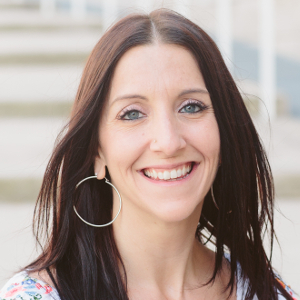
Noell Clark
The First Free Women: Poems of the Early Buddhist Nuns by Matty Weingast and Bhikkhuni Anandabodhi
Between the World And Me by Ta-Nehisi Coates
The First Free Women was recently released and is a rendering of the Therigata: Verses of the Elder Nuns . The nuns’ commentary on liberation, struggle, suffering, and the cultivation of compassion is absolutely timeless and provides so much wisdom for the great awakening that is upon us today. Truth be told, I can’t read a stanza of this book without being brought to tears. This book has been a great refuge to me in the storm of the past few weeks, and has deeply informed my practice and my teaching.
The second book is about systemic racism and the intentional disembodiment of BIPOC in America. It is written as a letter to the author’s teenage son warning him of the racist violence that is woven into the American culture. As someone who teaches embodied mindfulness, this book opened my eyes and my heart to the fact that black bodies in our country are not afforded safety, and that for people of color, hypervigilance and trauma are the norm.
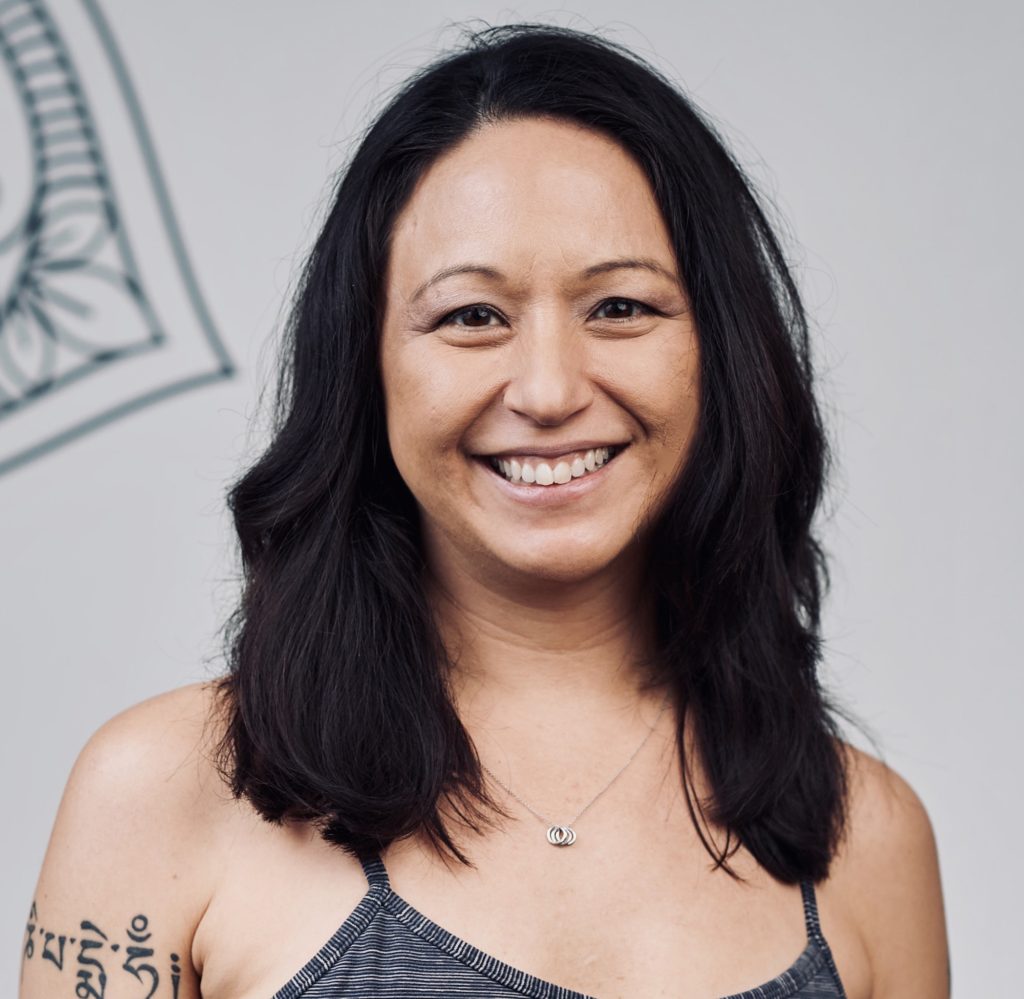
Paulette Sato
When They Call You a Terrorist by Patrisse Khan-Cullors and Asha Bandele
The Fire Next Time by James Baldwin
Whenever there is a crisis or difficult times, I often find narrative writing to be healing.
The first book, I just started reading; Patrisse Khan-Cullors is one of the three Black women who founded the Black Lives Matters movement. It is beautifully and forcefully written, explaining her life and what made her want to start the movement. The second book is a classic!

Pim Kunakasem
Braving the Wilderness: The Quest for True Belonging and the Courage to Stand Alone by Brene Brown
The Bluest Eyes by Toni Morrison
If you asked me to think of an author I found most impactful, I couldn’t name just one. In this moment, one non-fiction and one fiction writer are at the top of my list: Brene Brown and Toni Morrison. Here’s why.
As I face racism head on, I’ve been unpacking a spectrum of emotions within myself – grief, anger, fear, shame, anxiety, reactivity, and discomfort – as I process how an Asian officer did not try to help another human being, who laid dying under the knee of another officer. I wondered, had I been a Black seven-year-old, instead of Asian, would I have been punched a lot harder by a white boy when I was in first grade? Would the other white kids have stood up for me in the same way? How does privilege and micro-aggression show up for me as an Asian, compared to someone who is Black, Hispanic, or White? There’s a lot to unpack. By mindfully turning inward, recognizing our feelings, becoming aware of our own narratives, and who we think we are, we can better recognize our biases with compassion. Doing so will help us relate better to each other.
Brene Brown and Toni Morrison have been a part of my journey in unpacking my own narratives and what it means to have compassion, empathy, understanding, and a sense of belonging in this world. In Braving the Wilderness, Brown shares her own journey as a white woman, trying to understand Maya Angelou’s words, “You are only free when you realize you belong no place; you belong every place – no place at all. The price is high. The reward is great.”
Toni Morrison’s book reminded me what it felt like as a child to feel like you weren’t pretty enough, or even simply enough, because of your race.

Prajna Vieira
Seeing White
I consider this essential listening for white people who are earnestly diving into anti-racism work. Not only does it give an excellent “big picture” view of how we got to where we are and how we might proceed from here, it is overflowing with compelling stories and incredibly thought-provoking dialogue. I could not tear myself away from this series and I recommend it all the time.
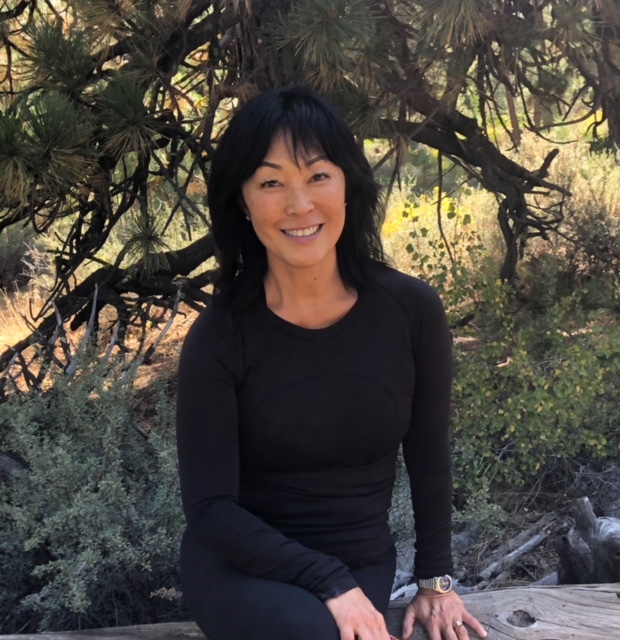
Robin Lyons
American Dirt by Jeanine Cummins
I recently read this, and it’s one of the most riveting books I’ve read in some time. It’s a work of fiction that deals with illegal immigration but could very easily be non-fiction. Regardless of the reader’s stand on illegal immigrants, it puts a face and story behind those desperately trying to cross our border. Gut-wrenching at times, it’s a real eye opener. Definitely a must read.

Shelly Dorai-Raj
Between the World and Me by Ta-Nehisi Coates
Between the World and Me is Ta-Nehisi Coates’ letter to his 15-year-old son. I listened to the audio version, which is read by the author. His writing is very poetic; his prose is intricate. He provides us a window into the lessons a Black parent must teach their Black child in order to keep their body safe in the world. He goes into the lessons he learned as a child, and his struggles with watching as his son learns some of these lessons – most notably when the decision was made that the police officer who shot Michael Brown would not face charges.

Susan Timpano
White Fragility: Why It’s So Hard for White People to Talk About Racism by Robin DiAngelo
This book is an aid for serious reflection and understanding of our role as white folks in this vast systemic problem of racial inequality. (For anyone concerned about the fact that the author is white, she speaks to this fact and says that she is “using [her] inside status to challenge racism. To not use [her] position this way is to uphold racism.”)
Additionally, the following resources are books, podcasts, and videos that I have read and watched or am currently reading and watching and find valuable. It’s an ongoing inquiry.
As a citizen, parent, and teacher to upper elementary school-aged children, it’s worth considering our understanding of American history, inquiring into our own history, and navigating our feelings, perceptions, and understandings about the current events of racism in America.
For Young Adults and Children:
- Books that have earned the Coretta Scott King Award
- Stamped by Jason Reynolds and Ibram X. Kendi: I am currently reading this and may read it with my fifth-grade daughter this summer. I am also watching interviews with Kendi, whose other books are already noted in this list of resources (particularly How to Be an Antiracist).
- Your Kids Aren’t Too Young to Talk About Race: Resource Roundup by Katrina Michie
- Follow @TheConsciousKid on Instagram: a great current resource for parents
- My thoughts on addressing the topic of racism and current events with (white) children: I have found that, so far, asking them questions to start conversations has been the most productive. I have asked my fifth grader about what she learned this year in U.S. history and, specifically, about American slavery. This gives us some foundation and common ground. I’ve also started to interact with my kids based on this work: So What Do White 4th Graders Have to Say About Race?

Sway Soturi
The Healing Wisdom of Africa: Finding Life Purpose Through Nature, Ritual, and Community by Malidoma Patrice Somé
Ted Radio Hour with Clint Smith
Malidoma means “he who makes friends with the stranger/enemy.” Indigenous communities name their newborns according to the gifts they are bringing into this world, and Malidoma is doing just that. A Dagara elder who had been through the journey of colonization returned home to his village and learned to fulfill his life’s purpose. Malidoma reminds us the power of healing when we can rediscover our true self through connection to nature, rituals, and community.
This is the book I always go to for much needed wisdom. I hope you will find something for you in it, too.
Clint is Smith a writer and scholar. This second resource is a conversation of him reflecting on this moment in time as a Black father of two young children. He talks about how to have appropriate conversations with kids about the issue of racial injustice, and through his letter to his children, he expresses his hope for a better future. Although I will never ever truly understand, this episode gave me an insight into what it means to be a Black person in an oppressed system that is disguised to do good.
Marcus Books in Oakland is the oldest independent bookstore in the country. Support their GoFundMe.
Additionally, we have added some social justice reads to our BTO Library:

